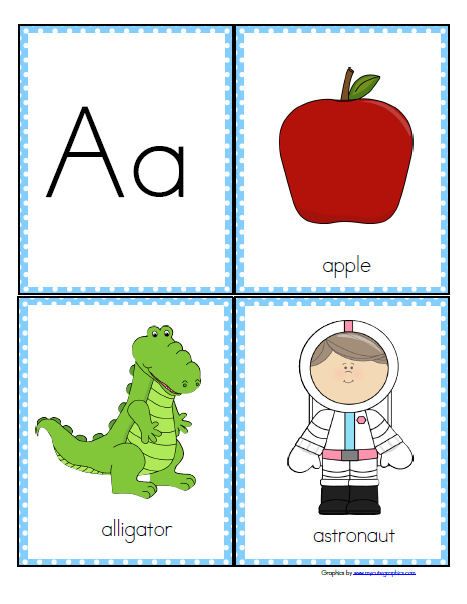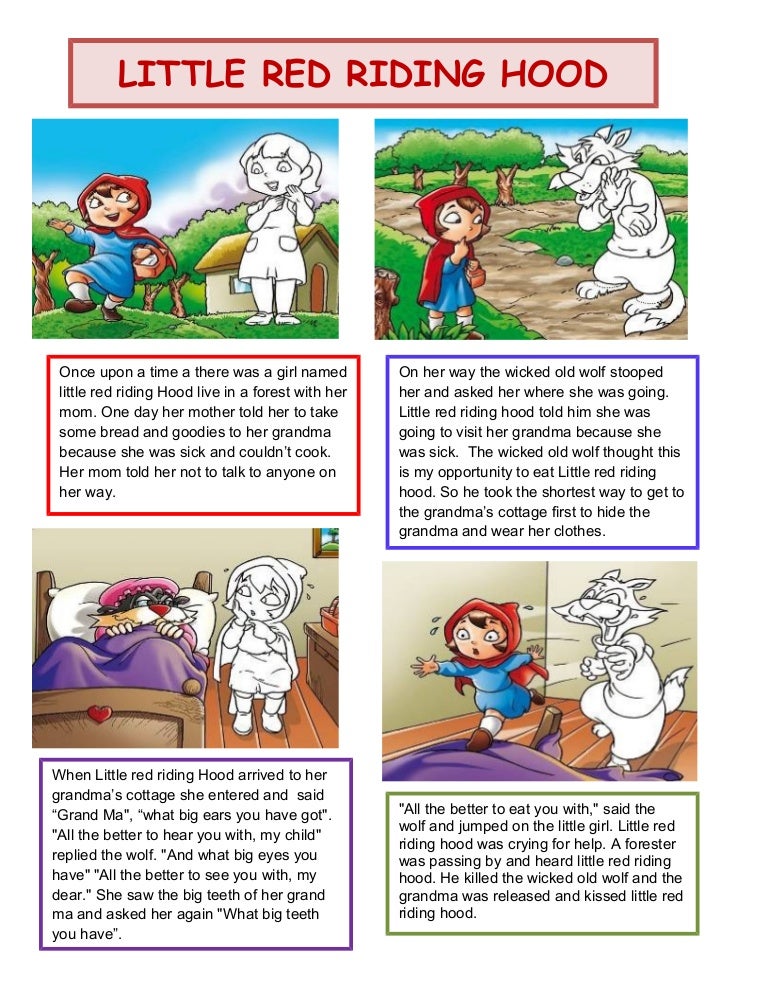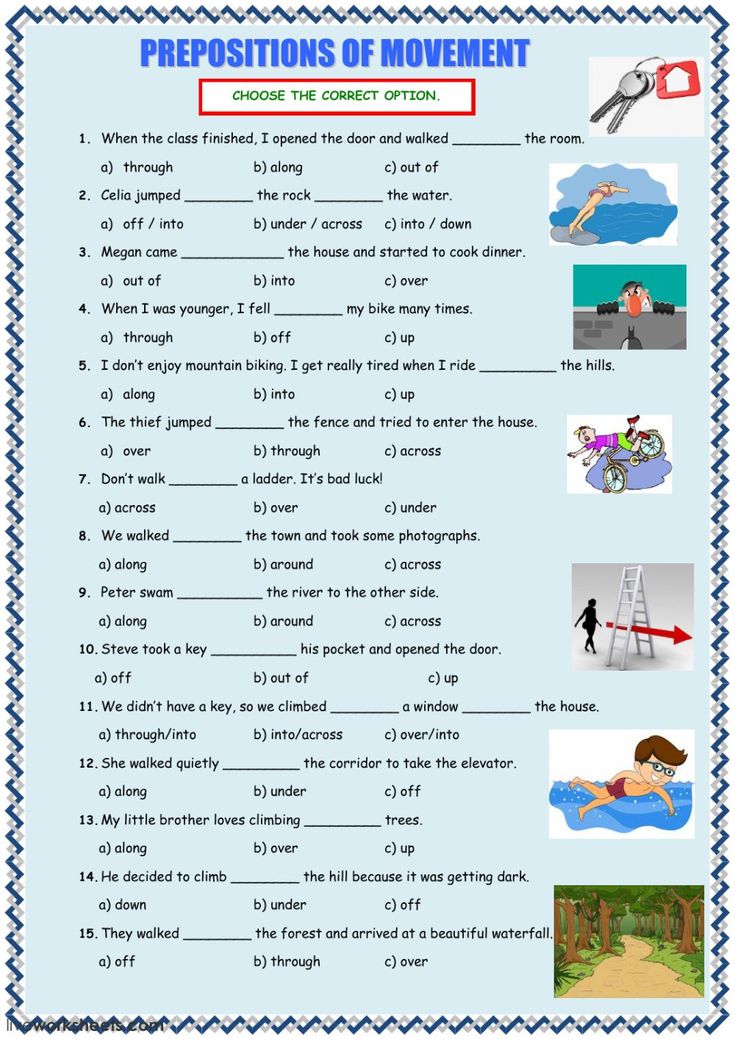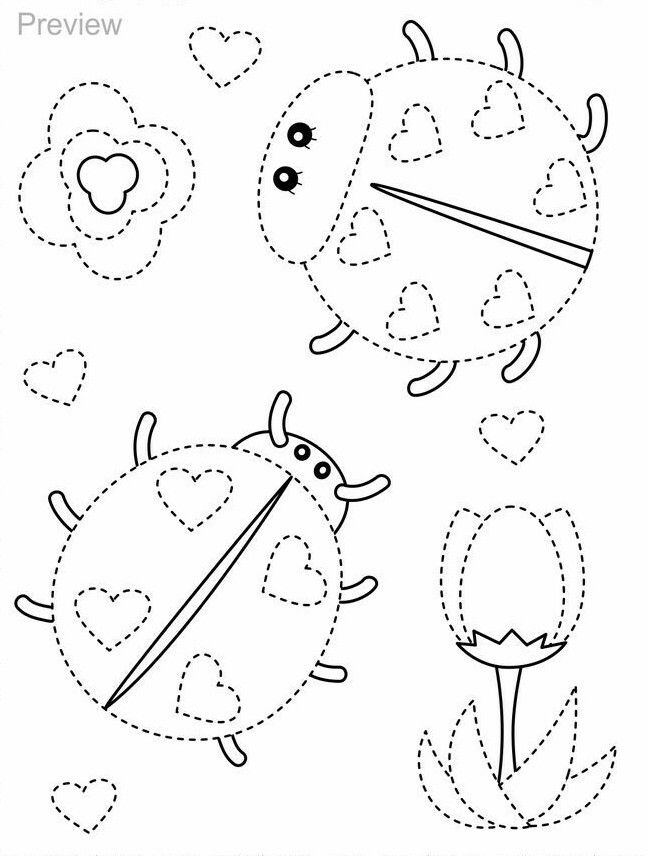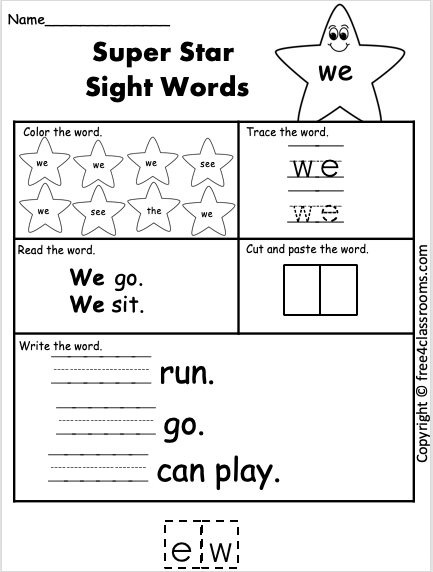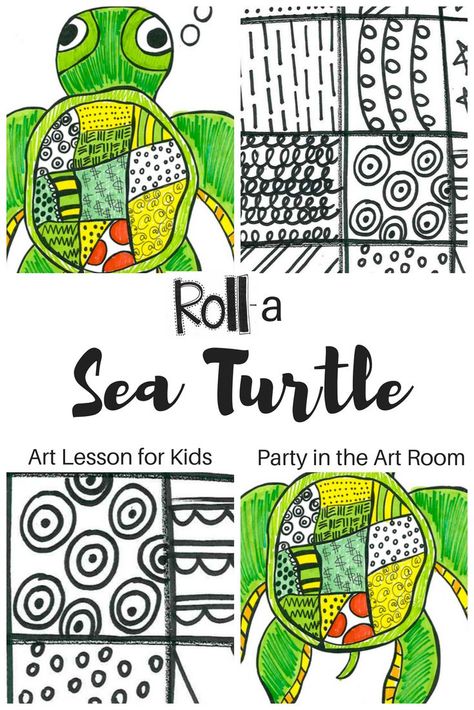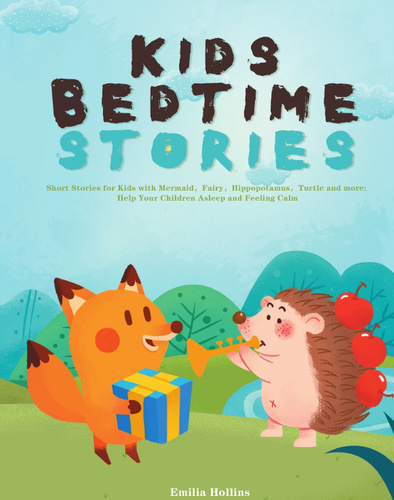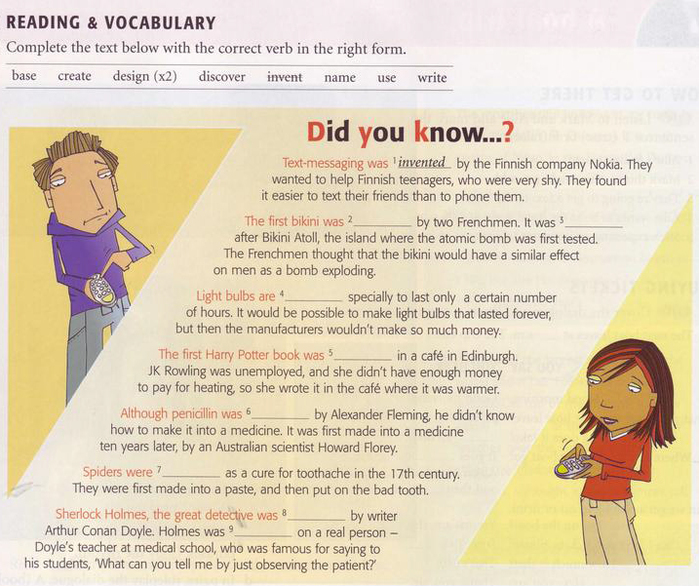Every letter makes a sound
Every Letter Makes A Sound Song (Listen & Full Lyrics)
I may receive a commission for purchases made through product links on this page, but I always stand by my opinions and endorsements!
You might remember this one from when you were a kid.
But either way, get ready to have it drilled into your head because Pre-K-ers around the country are learning it now!
My daughter came home singing something called “Every Letter Makes a Sound” recently, so I had to look it up and find out where it came from (plus I wanted to be sure I had all the lyrics right so I could sing along).
This is a little tune from the LeapFrog Letter Factory video that helps kids learn the alphabet (and how to pronounce the sound each letter makes).
Let’s check it out!
Every letter Makes A Sound Lyrics (“Double” version)
There seems to be two versions of this song floating around.
There’s a “single” version where each letter sound lyric is sung only once, and a “double” version where each sound is repeated twice.
The double version seems to be a little more common, so here’s how it goes:
The A says “Ah”
The A says “Ah”
Every letter makes a sound
The A says “Ah”
The B says “Buh”
The B says “Buh”
Every letter makes a sound
The B says “Buh”
The C says “Kuh”
The C says “Kuh”
Every letter makes a sound
The C says “Kuh”
It goes on like this for a while without too many surprises!
But in case you need a refresher:
The D says “Duh”
The D says “Duh”
Every letter makes a sound
The D says “Duh”
The E says “Eh”
The E says “Eh
Every letter makes a sound
The E says “Eh”
The F says “Ffff”
The F says “Ffff”
Every letter makes a sound
The F says “Ffff
The G says “Guh”
The G says “Guh”
Every letter makes a sound
The G says “Guh”
The H says “Heh”
The H says “Heh”
Every letter makes a sound
The H says “Heh’
The I says “Ih”
The I says “Ih”
Every letter makes a sound
The I says “Ih”
The J says “Juh”
The J says “Juh”
Every letter makes a sound
The J says “Juh”
The K says “Kuh”
The K says “Kuh”
Every letter makes a sound
The K says “Kuh”
The L says “Ull”
The L says “Ull”
Every letter makes a sound
The L says “Ull”
The M says “Mmm”
The M says “Mmm”
Every letter makes a sound
The M says “Mmm”
About halfway done!
Hang in there, mom and dad.
The N says “Nnn”
The N says “Nnn”
Every letter makes a sound
The N says “Nnn”
The O says “Oh”
The O says “Oh”
Every letter makes a sound
The O says “Oh”
The P says “Puh”
The P says “Puh
Every letter makes a sound
The P says “Puh”
The Q says “Kwuh”
The Q says “Kwuh”
Every letter makes a sound
The Q says “Kwuh”
The R says “Rrr”
The R says “Rrr”
Every letter makes a sound
The R says “Rrr”
The S says “Sss”
The S says “Sss”
Every letter makes a sound
The S says “Sss”
The T says “Tuh”
The T says “Tuh”
Every letter makes a sound
The T says “Tuh”
The U says “Uh”
The U says “Uh’
Every letter makes a sound
The U says “Uh”
The V says “Vvv”
The V says “Vvv”
Every letter makes a sound
The V says “Vvv”
The W says “Wuh”
The W says “Wuh”
Every letter makes a sound
The W says “Wuh”
The X says “Ksss”
The X says “Ksss”
Every letter makes a sound
The X says “Ksss”
The Y says “Yeh”
The Y says “Yeh”
Every letter makes a sound
The Y says “Yeh”
The Z says “Zzz”
The Z says “Zzz”
Every letter makes a sound
The Z says “Zzz”
Technically, the LeapFrog song goes on some interesting little riffs during W and Z (you’ll see in the video below), but I left those out of the lyrics because that’s not how kids are going to be singing it!
The primary purpose of the song is to help kids learn their letter sounds, so better to stick with the basics.
You can hear this version of Every Letter Makes A Sound in the video below:
Every Letter Makes A Sound “Single” Version Lyrics
Here are some alternate lyrics you might want to know!
In this version, there’s a little intro and outro, and each letter sound is only sung once.
Some letters are made from straight lines
And some are curvy and round
But every letter makes a sound!
The A says “Ah”
The B says “Buh”
…
(and so on, repeating each letter sound from above just once)
And those are all the letters in the factory
And that’s it! The end!
Check out this version below:
Wrapping Up
There you have it, all the lyrics you need to know to sing along with “Every Letter Makes A Sound” from the LeapFrog Letter Factory.
I’ll warn you now; this song is viciously long and repetitive, but it does its job!
It’s catchy and a pretty fun way for kids to learn phonics.
Looking to sing along with your kids as they belt out other popular tunes and nursery rhymes? Check out my guides to A Ram Sam Sam, Twinkle Twinkle Traffic Light, and ABCD Dinosaur.
Hope this helps, parents!
Learn Pronunciation with Speak Method
The Sounds of the Alphabet: Learn Pronunciation with Speak Method| English Online with Speak Method |
|
| Online Classes | Pronunciation Facts | R, Th, T and other sounds | 500 Words Practice |
| Local Classes | Business Communication | TOEFL Prep | ESL Stories |
| Contact us | Vowel
Sounds |
Grammar and Idioms | For Young People |
With
this alphabet chart, understand how to say
the names of the letters and read about all the sounds of each letter
from the alphabet. These are the basic phonetic sounds for American English. To learn important sounds using free videos
online, go to Pronunciation in
English: 500 Words.
|
Letter |
Sound of Letter Name |
All sounds of letter |
Examples |
|
A, a |
ā-ee (long a to long e, also spell "ay") |
, ā, ah, ā-uh, uh |
cat, late, all, and, around |
|
B, b |
Bee |
buh |
bike |
|
C, c |
See |
kuh, suh |
cake, city |
|
D, d |
Dee |
duh |
did |
|
E, e |
Ee |
eh, ee, silent |
bed, free, late |
|
F, f |
Ef |
fuh |
fed |
|
G, g |
Jee |
guh, juh |
glad, large |
|
H, h |
ā-ch |
huh, silent |
hotel, what |
|
I, i |
ah-ee |
ah-ee, ĭ |
light, sit |
|
J, j |
Jay |
juh |
jump |
|
K, k |
Kay |
kuh |
kite |
|
L, l |
El |
luh, ul |
lot, full |
|
M, m |
Em |
muh |
mother |
|
N, n |
En |
nuh |
nest |
|
O, o |
ō (oh) |
ah, ō, uh, oo, ů |
hot, slow, computer, fool, good |
|
P, p |
Pee |
puh |
put |
|
Q, q |
Kyoo (kyū) |
kwuh |
quick |
|
R, r |
Ah-r |
ruh, ur |
race, stir |
|
S, s |
Es |
suh, zuh |
stick, is |
|
T, t |
Tee |
tuh, duh, N, silent, stopped tuh |
table, better, mountain, interview, hot |
|
U, u |
Yoo (yū) |
uh, yoo, oo, ů |
up, use, flute, full |
|
V, v |
Vee |
vuh |
very |
|
W, w |
Dubōyoo |
wuh, silent |
well, slow |
|
X, x |
Eks |
ks, zuh |
box, xylophone |
|
Y, y |
Wah-ee |
yuh, ee, ah-ee (i), ĭ |
yes, happy, try, cylinder |
|
Z, z |
Zee |
zuh |
zebra |
|
|
|
|
|
pronunciation English
pronunciation Learn More Sound American: Change Your Speech The 500 Common English Words What is a Vowel? English Free Online |
Speakmethod. com: English
Pronunciation, Seattle, WA
English online with Speak Method
English alphabet with pronunciation, transcription and translation (letters and sounds)
Pronunciation of the English alphabet with the names of letters in English and Russian:
Below is a table where we have outlined the English alphabet with translation - transcription and pronunciation in Russian.
| | ||
|---|---|---|
| Letter | Transcription | pronunciation of |
| a | [eɪ] | hey |
| B b | [biː] | bi |
| C c | [siː] | and |
| D d | [diː] | di |
| e | [iː] | and |
| F | [ɛf] | ef |
| G g | [dʒiː] | ji |
| h h | [eɪtʃ] | h |
| i | [aɪ] | ai |
| J | [dʒeɪ] | jay |
| K k | [keɪ] | key |
| L l | [ɛl] | el |
| M m | [ɛm] | em |
| N n | [ɛn] | en |
| O o | [əʊ] | ou |
| P p | [piː] | pi |
| Q q | [kjuː] | cue |
| R r | [ɑː] or [ɑɹ] | a:, ar |
| S s | [ɛs] | es |
| t | [tiː] | and |
| U u | [juː] | y |
| V v | [viː] | and |
| w w | [ˈdʌb(ə)l juː] | double |
| x | [ɛks] | ex |
| Y y | [waɪ] | wye |
| Z z | [zɛd], [ziː] | zed, zi |
Demo lesson for free and without registration!
Take a lesson, learn about the school and get a promotional code for English classes
How many letters are in the English alphabet
The modern English alphabet contains 26 letters. English sounds were first recorded in the Anglo-Saxon runic alphabet as early as the 5th century. Christian missionaries brought to the island not only their religion, but also the Latin alphabet, which began to replace the runic alphabet around the 7th century. For a long time, these two alphabets existed in parallel.
The modern English alphabet (The English alphabet [ˈalfəbɛt]) is based on the Latin alphabet or "Latin". So what is the number in the English alphabet? Unlike the Russian language, which has 33 letters, the English alphabet consists of 26 letters:
- 6 letters can represent vowels: "A", "E", "I", "O", "U", "Y »;
- 21 letters can represent consonants: "B", "C", "D", "F", "G", "H", "J", "K", "L", "M", "N" ”, “P”, “Q”, “R”, “S”, “T”, “V”, “W”, “X”, “Y”, “Z”.
Below we have added a table where you can see the entire English alphabet with the numbering of letters in order.
| | ||
|---|---|---|
| Direct number | Letter | Reverse number |
| 1 | a | 26 |
| 2 | B b | 25 |
| 3 | C c | 24 |
| 4 | D | 23 |
| 5 | e | 22 |
| 6 | F | 21 |
| 7 | G g | 20 |
| 8 | H h | 19 |
| 9 | I i | 18 |
| 9 | I i | 18 |
| 10 | J | 17 |
| 11 | K k | 16 |
| 12 | L l | 15 |
| 13 | M m | 14 |
| 14 | N n | 13 |
| 15 | Or | 12 |
| 16 | P | 11 |
| 17 | Q q | 10 |
| 18 | r | 9 |
| 19 | S s | 8 |
| 20 | T t | 7 |
| 21 | U u | 6 |
| 22 | V v | 5 |
| 23 | W w | 4 |
| 24 | X x | 3 |
| 25 | Y y | 2 |
| 26 | Z z | 1 |
By the way, the letter Y can stand for both a vowel and a consonant, and therefore refers to both vowels and consonants.
Almost all letters of the English alphabet are pronounced the same by Americans and British, except for the last one. The American alphabet differs in that the letter Z is pronounced as "zi" [ziː], and in the British - "zed" [zed].
Sounds of the English alphabet
We start learning English letters even before we come across foreign language lessons. We know them even before we start learning English: we meet them at work, when we play computer games or surf the Internet. English words are found everywhere: on advertising posters, in the names of goods, in store signs.
Although the letters may be visually familiar to us, they are not always pronounced the way they are written. The alphabet of the English language for beginners with pronunciation, numbering and translation will help here, because even those who are fluent in foreign languages find it difficult to speak correctly. A typical situation is to spell an English word, for example, to give an email address, your name or street in English. This is where the difficulties begin, and we try to explain ourselves with images and associations: i - “like a stick with a dot”, H - “like a Russian n”, s - “like a dollar”, v - “like a tick.
From here it is better to memorize not only the letters, but also their pronunciation. The latter is written by transcription and enclosed in square brackets. At first, it will be easier for you to memorize transcription with Russian pronunciation, but gradually you need to give it up and focus only on English transcription.
How to Learn the English Alphabet
Learning the alphabet is not just memorizing the order of the alphabet in English, Russian or Spanish, or knowing how many non-letters there are. To know the alphabet is to be able to pronounce sounds, as well as to write lowercase and uppercase letters correctly. In order to learn the entire alphabet of the English language easily, quickly and forever, follow these rules:
- Memorize both uppercase and lowercase letters of the English alphabet at the same time, pay attention to how English letters are written.
- Learn both the name of English letters and the correct pronunciation, use the alphabet with transcription. It is easier to remember this at the same time than to relearn it later.
- Use all available resources: use audio recordings, videos of examples of correct pronunciation, printed texts, Internet resources.
- Learn the English alphabet in order, like in the ABC. Then change tactics: start studying the letters backwards, randomly, grouping.
- Practice regularly, preferably every day for at least a few minutes. If you are tired of learning the same letters, take any children's book in English. Maybe you will not understand the meaning of what is written, but you will definitely be able to recognize and name this or that letter.
Another good way to learn the alphabet is to memorize a special rhyme. It is very short, but it will help to know every letter by heart:
Do you know your ABC?
You can learn along with me!
A, B, C, D, E, F, G,
H, I, J, K,
L, M, N, O, P U, V,
W, X, Y and Z
Now, I know my ABC's.
Next time won't you sing with me?
And the last piece of advice. Divide all letters into three large groups and learn them in three stages: the first group is 6 vowels: Aa, Her, Ii, Oo, Uu, Yy. Do not forget about transcription and remember that in English vowels can change their sound depending on the type of syllables, stress and other conditions; the second group of letters includes those that are written and pronounced similarly to Russian letters. They are easy to remember: Bb, Cc, Dd, Kk, Ll, Mm, Nn, Pp, Ss, Tt, Xx; the third group consists of those letters that sound and are written unfamiliar to native Russian speakers: Ff, Gg, Hh, Jj, Qq, Rr, Vv, Ww, Zz.
Methods and techniques for memorizing the English alphabet
There are many ways to learn the English alphabet from scratch that are suitable for both adults and children.
The most popular way to learn the English alphabet is through tables. You can print the English alphabet tables from this article or search for others: English alphabet by numbers; English alphabet with numbering of letters, etc. Hang them over your desk and browse and read aloud whenever you have a free moment. The main thing is to memorize the alphabet with the pronunciation of sounds.
One of the most effective ways is to make colored cards with the letters and words that begin with them and place them in a prominent place. These cards can be made by yourself or bought in the store. It is better to use well-known words, for example, the names of animals.
You can train with special exercises, for example, this one: get a special notebook and write down the letters in it several lines - both uppercase and lowercase letters of the English alphabet. And when writing, dictate to yourself aloud the name of the letter. This exercise includes all three main types of memory: auditory, visual and motor.
Don't forget about games that will help you learn the English alphabet. For example, Spell the word or “Spell the word” - whoever spells it wrong first loses. And you can also read the alphabet at speed, write letters correctly by ear, pronounce the letters written on the card, and so on. The audio alphabet of the English language with pronunciation has proven itself well. A student can independently master the letters and sounds just by listening to the recording. The main thing is to be systematic.
Interesting facts about the English alphabet
Learning the sounds and letters of the English language will be more fun if you know a few interesting facts about the alphabet:
- The English alphabet can be called by its first letters "ABC";
- The English word alphabet comes from Latin, where alpha and beta were the first letters of the alphabet. But even before the Latin alphabet, they were the first letters of the Phoenician alphabet (alef and bet), which arose in 1050 BC.
e.
- The article the is the most common word in the English language.
- The most common letter in the English alphabet is E, and the most common consonant is T. The letters S and T are most common at the beginning of English words. The rarest letters in the alphabet are Q and Z.
- In English there are only 5 vowels and as many as 20 vowels! For example, the letters Y and W can be pronounced as vowels (try, my, cow, few). The same letter can be read in several ways, for example, in the words cat [kæt], place [pleis], dark [daːk], air [ɛə].
- All 26 letters of the English alphabet can be put into a sentence or pangram that shows how each letter of the font will look like: "The quick brown fox jumps over the lazy dog" (loosely translated: "The quick brown fox jumps over the lazy dog." English analogue - "Eat some more of these soft French rolls and drink tea").
Conclusion
English speakers remember their alphabet much more often than Russian speakers, because in English the pronunciation of a word often does not match its spelling. Especially in geographical names and surnames. Then they spell these words (to spell). Therefore, in order to learn the entire English alphabet with the correct pronunciation for an adult, speak English well and understand native speakers, it is necessary to learn how to spell words. And the phrase "Please spell this word!" ("Please spell") to help you.
Check if you know the top 100 English words
The English alphabet with pronunciation and transcription 🔊
Let us help you speak English without hesitation
Start learning
"It's as easy as ABC!" the English say. But for a toddler who has just started learning a language, the English alphabet can be a difficult task. To get started, you will need the alphabet of the English language, a little patience and the ability to turn learning into an exciting game. We tell you how to help your child learn the alphabet of the English language.
English alphabet with transcription and Russian pronunciation
| No. | Letter | pronunciation of |
|---|---|---|
| 1 | a | hey |
| 2 | B b | bi |
| 3 | C c | and |
| 4 | D | di |
| 5 | e | and |
| 6 | F | ef |
| 7 | G g | ji |
| 8 | H h | h |
| 9 | I i | ai |
| 10 | J | jay |
| 11 | K k | kei |
| 12 | L l | el |
| 13 | M m | em |
| 14 | N n | en |
| 15 | Or | ou |
| 16 | P | pi |
| 17 | Q q | cue |
| 18 | r | a:, ar |
| 19 | S s | es |
| 20 | T t | and |
| 21 | U u | y |
| 22 | V v | and |
| 23 | W w | double |
| 24 | X x | ex |
| 25 | Y y | wye |
| 26 | Z z | zed, zi |
- Vowels: A, E, I, O, U.
- Consonants: B, C, D, F, G, H, J, K, L, M, N, P, Q, R, S, T, V, W, X, Y, Z
The exception is the letter Y - it is classified as a consonant, but in some situations it can also be a vowel.
And there are one and a half times more sounds - as many as 44. Many letters have several pronunciations. For example, the letter C in the word cat sounds like [k], and in the word city it sounds like [siː].
Interesting fact
The most commonly used letters of the English alphabet are E and T. But Z and Q are the rarest.
A combination of letters can also represent a completely new sound. So, ch most often denotes the sound [ʧ]. But, when analyzing the English alphabet for beginners, it is worth concentrating on the basic letters and sounds.
How many English words do you already know?
Let's define your vocabulary - without complex questions and with the help of smart algorithms.
How to learn the English alphabet
Previously, the English alphabet with translation into Russian was the subject of the very first lesson for beginners. But today, many teachers believe that one should not start learning with how many letters are in the English alphabet.
When we learn our native language, we first learn the words and learn how to put meaningful sentences out of them, and we start learning letters much later. So you should learn the English alphabet with sounds after the child has already completed a small introductory oral course, designed for 4-6 months: he got to know English a little and learned words on the topics “Animals”, “Food”, “Family”.
Some experts recommend the sound-letter method - this is when they first learn not the name of the letter, but the sound that corresponds to it. And only then it can be correlated with the graphic style of the letter. This is how kids learn the letters and sounds of the English alphabet in Skysmart. When using this method, children from the very first lessons learn not only to pronounce sounds, but to read and compose words and sentences.
For example, having become familiar with the sounds [ɪ] and [t] and learning what the letters that represent them look like, a child can read the word it (“this”).
This approach helps the child to avoid confusion, to understand the difference between a letter and a sound, and, most importantly, to immediately apply the acquired knowledge in practice. It makes sense to learn the English alphabet with transcription after the child understands that the letter has not only a sound, but also a name. And by the time the child learns how many letters are in the English alphabet, he will already be able to read.
We have an excellent article - sounds in English, take a look!
Your five in English.
With detailed homework solutions from Skysmart
Uppercase letters of the English alphabet
Why in the twenty-first century to learn English letters in cursive may be incomprehensible: it seems that this is a skill we no longer need. After all, we type much more often than we write by hand. However, the ability to display written letters - even Russian, even English - develops fine motor skills, and it, in turn, is directly related to the development of speech.
Also, work with copybooks helps to remember letter styles better. The child should be able to recognize not only printed, but also uppercase letters of the English alphabet.
Baksiabat/Shutterstock.com
Pros and cons of uppercase English letters
Deciphering children's handwriting is still a pleasure, and even more so its uppercase version. Therefore, at school, capital letters are not taught, and sometimes they directly require that students use block letters. However, this does not mean at all that there is no need to learn how to write English letters in cursive. After all, this type of writing also has advantages:
-
The child writes faster, because he does not have to constantly tear the pen from the paper.
This makes it much easier to take notes in English lessons, and in the future, perhaps, to take whole notes.
-
Children who are proficient in cursive understand better what other people write because they know what capital English looks like in written notes.
-
Handwriting looks more “adult” and individual – beautiful capital letters can be shown to classmates.
And those who have already mastered the uppercase English alphabet can go even further and learn calligraphic writing. This is a separate big topic, but you can easily find calligraphy lessons on the Internet, and just tips on how to make handwriting neater and prettier. For example, try searching YouTube for " How to improve handwriting » - you will be surprised how popular this topic is among native speakers.
CkyBe/Shutterstock. com
So do you really need to learn how to write in English? 🤔
The answer is not necessarily, but if you want, you can! This skill will help in learning the language and will be useful in later life.
How to learn to write in capital letters
Here everything is the same as with the native language - copybooks familiar to all of us from childhood. You can download and print the pictures above to practice repeating their outline with your child, or purchase paper copybooks at a bookstore. From individual letters, move on to their combinations, then words, and finally to whole sentences. Practice not only writing, but also reading - for example, you can write handwritten messages to each other and exchange them.
English alphabet verse
Rhymes will help beginners to memorize the English alphabet. Rhythm and rhyme help you quickly learn the sequence and count how many letters are in the English alphabet.
| Do you know your ABC? You can learn along with me! A, B, C, D, E, F, G H, I, J, K, L, M, N, O, P, Q, R, S, T, U, V, W, X, Y and Z Now, I know my ABC's. Next time won't you sing with me |
What is the result
Whichever method of learning the alphabet for beginners you choose, remember that the child should be interested. Learning through "I can't" is less effective than an exciting game, during which the child gets acquainted with a foreign language.
Always choose learning games that suit the child's personality. Creative children can paint the letters with paints, sculpt them from plasticine, or come up with what animals they look like. Active fidgets will love to dance to a song about the alphabet or play ball games.
For example, toss it to each other and take turns calling the letters of the alphabet. But what definitely will not be useful is memorization. The kid must learn to recognize the letter in different words, know its sound and understand how the letters and sounds of the English alphabet differ. The rote learning of ABC is not only boring, but also inefficient.
Another effective way to quickly learn the alphabet is to sign up for English lessons for children 7 years old online at Skysmart School.
Cheat sheets for Parents in English
All English formulas at hand
Olga Lysenko
Author Skysmart
to previous article
New
Cheat sheets
to the next article
249.

